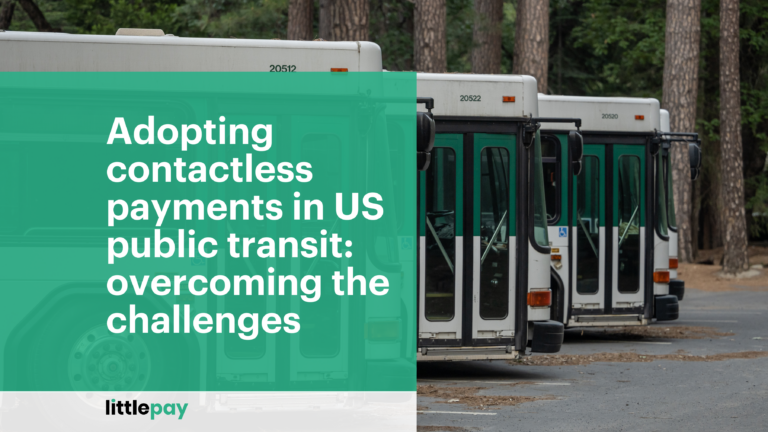
Adopting contactless payments in US public transit: overcoming the challenges
Contactless payments are transforming public transit in the US one
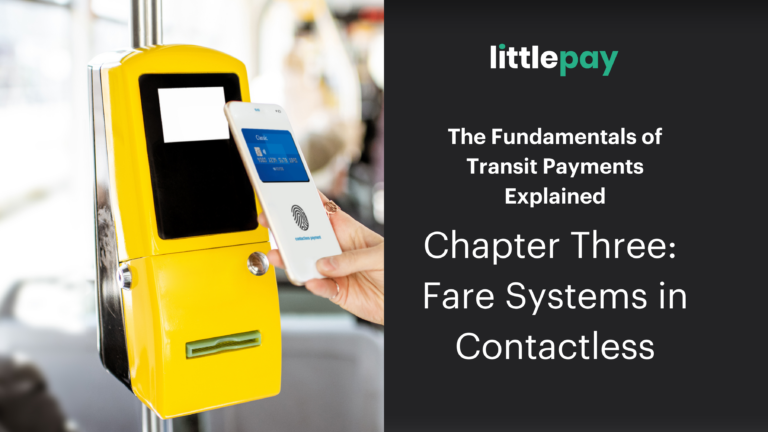
In the age of Uber, every passenger expects price transparency and payment simplicity. Yet public transit fares in many cities remain complex, opaque and difficult to understand.
Fare calculation is perhaps the central component of a transit ticketing system. The purchase of a transit ticket or fare represents the product choice of a mobility service, so the handling of that transaction is of strategic importance to any transit agency seeking to engage with its ridership. The ability to create, adjust, bundle and cap fares offers an effective method for transit agencies to respond to different customer segments and changing circumstances. We’ve recently seen this used to great effect in the UK, where a government initiated £2 fare cap to help citizens with cost of living pressures has driven a surge in ridership.
In this section we provide a high-level overview of different fare collection systems, the fare types they manage, and how these fare types are handled in a contactless payments environment.
One thing is clear – the more complex the fare rules, the more expensive the overall system that is required to manage them. Due to the complexity of many legacy ticket products, the back-end software that manages fare rules is often the most expensive component to procure, the most complex to implement, and……

To continue reading the article, please complete the form below:

Contactless payments are transforming public transit in the US one
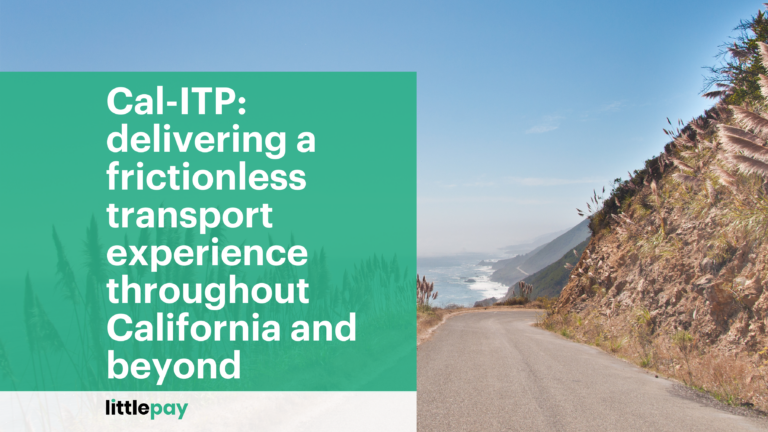
Sustainability, mobility and equity have become touchstones of modern public
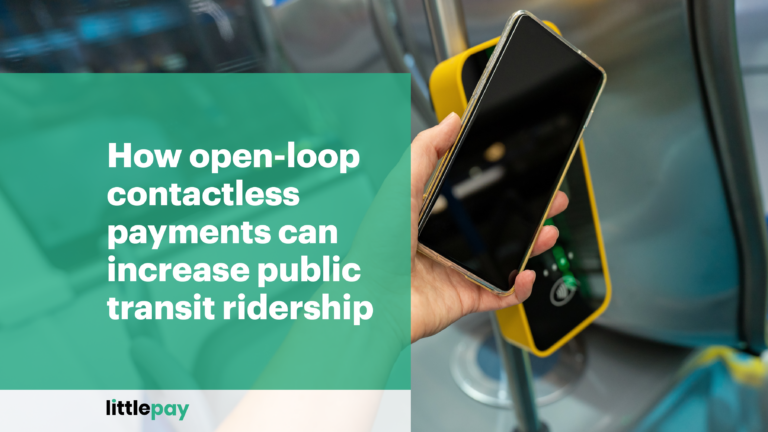
Successful apps have one thing in common. They just work.
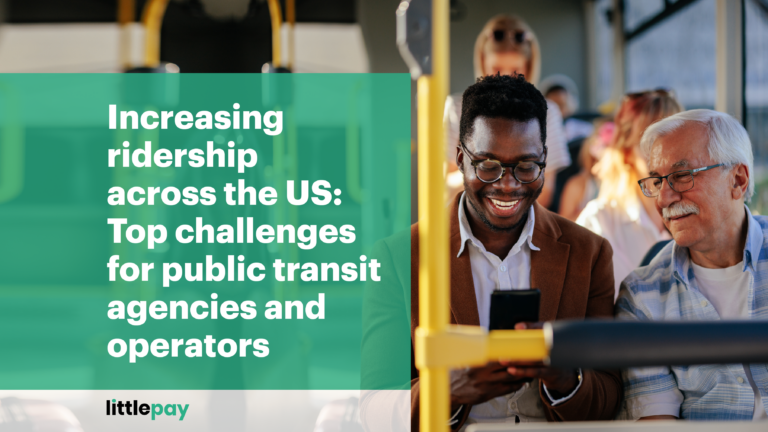
America’s public transportation systems face existential challenges. Ridership hasn’t yet